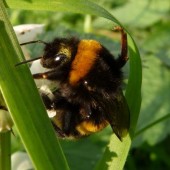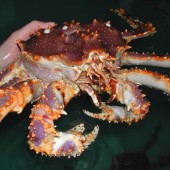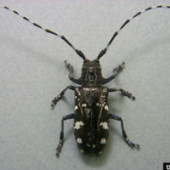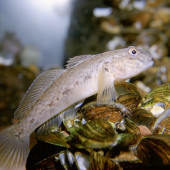Many plants, animals, diseases and other pathogens have spread far and wide beyond their historic natural ranges as mankind’s ability to travel around the world has increased exponentially. Whether these species movements have been intentional or accidental, their effects are insidiously changing the ecology of our planet, and affecting our everyday lives.
Not all species relocated to other areas are problematic. Some are important food sources, such as apple trees in North America, which originated from Central Asia. Many non-native species don’t spread very well and don’t become problematic. But many others are quite capable of rapidly spreading far and wide, invading large areas and causing significant ecological and/or economic damage. These are the “invasive species.”
“Invasive species are plants, animals, or pathogens that are non-native (or alien) to the ecosystem under consideration and whose introduction causes or is likely to cause harm.”
There are thousands of invasive species in the United States alone, causing billions of dollars in damages to taxpayers and landowners each year.
Invasive species problems exist not just in the United States, but worldwide. King crabs now inhabit waters along the Antarctica Peninsula, putting at risk native aquatic fauna. Water hyacinth from the Amazon is clogging freshwater habitats in Asia and elsewhere. The American bullfrog now inhabits parts of Europe. South America’s native pollinators are now being out-competed by the buff-tailed bumblebee from Europe which was, ironically, introduced to enhance pollination. Feral cats have spread throughout Australia, and caused the extinction of some island species.
All nations pay a high price for the spread of invasive species. An estimate from 2000 of annual economic costs of invasive species in five countries – the United States, South Africa, the United Kingdom, Brazil, and India – came to $336 billion. This cost is likely far greater now, as many more species have invaded countries around the world since this estimate. As both a recipient and giver of these ecologically harmful and economically detrimental invasive species, the United States must address the challenges of invasive species globally. Efforts to implement and coordinate both national and international policy must be bolstered to effectively reduce the ecological and economic impact of invasive species.
Our experts strive to prevent the introduction of harmful invasive species in the United States and, thus, to decrease their impacts on native ecosystems and biodiversity. We are working with colleagues on effective approaches to substantially reduce major pathways of invasive introductions through new programs to screen intentionally imported species (e.g., through the pet and nursery trades) and improved efforts to limit unintentional introductions (e.g., in the ballast water of ships and in packing materials, such as wooden crates).




